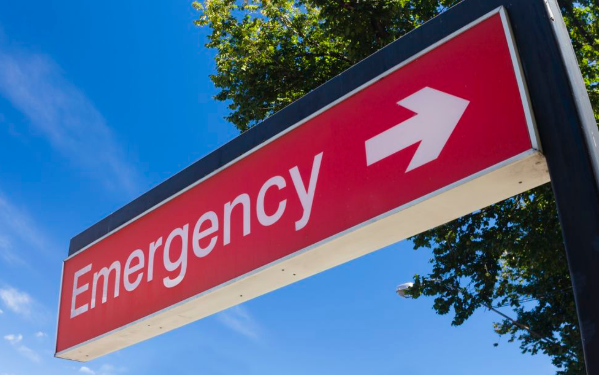Is your emergency department overcrowded? Are people leaving without being seen? Are patients who have been admitted being boarded in the ED, awaiting beds? Do patients repeatedly return to the ED for healthcare?
Overcrowding in hospital emergency departments is a problem throughout New York and the country, despite the emergence of urgent care centers. Research has examined causes, consequences, and effective solutions.
Why overcrowding?
There are many reasons for the surge in crowded EDs. Opioid use is at epidemic proportions, and EDs are seeing more patients with behavioral health issues. Seasonal trends such as influenza also increase ED visits. Patients in poor neighborhoods are more likely to visit the ED for non-urgent problems due to lack of access to primary care, and patients with multiple chronic health issues may be “frequent fliers” to the ED.
Recent studies also suggest that ED overcrowding is a symptom of overall hospital overcrowding. Boarding – when admitted patients are left in the ED because there is no space elsewhere in the hospital – is directly correlated with ED overcrowding.
Consequences?
Overcrowding increases wait times, length of stay, medical errors, and even patient mortality. Boarding increases the total length of stay in the hospital, further worsening access. Boarding increases walkouts, and the percentage of patients with serious illness is not markedly different between those who leave and those who wait for care, suggesting that a substantial proportion of those who leave will ultimately return.
What can be done?
Registering patients at the bedside rather than in the front of the ED can decrease wait time for patients. Optimizing staffing during periods of highest ED use can ensure the ED is appropriately resourced. ED staff can undertake process improvement initiatives that analyze throughput to identify areas of inefficiency and opportunities for improvement.
Care coordination and transitional care programs have been shown to successfully reduce ED visits. DSRIP Stories of Meaningful Change in Patient Health tells the story of Matthew, who entered the ED with shortness of breath, chest pain, and headache. With multiple health issues, Matthew nevertheless had missed many scheduled medical appointments, winding up in the ED. A transitional support program helped Matthew locate housing, scheduled medical appointments, and arranged transportation. In six months, Matthew did not miss any appointments and returned to the ED only once.
Of course, frontline healthcare workers have an important role to play in identifying solutions to overcrowding. The Agency for Healthcare Research and Quality recommends establishing a multidisciplinary team to plan and guide ED improvement efforts. In hospitals with an organized workforce, this should be a joint labor and management effort.
